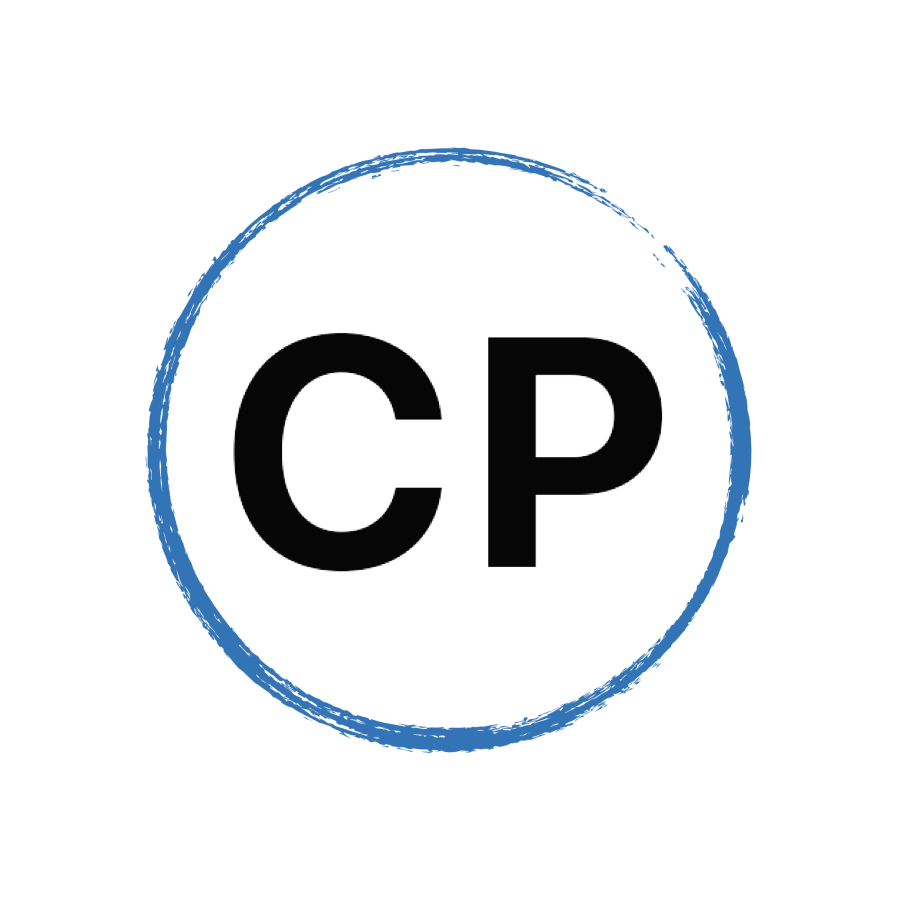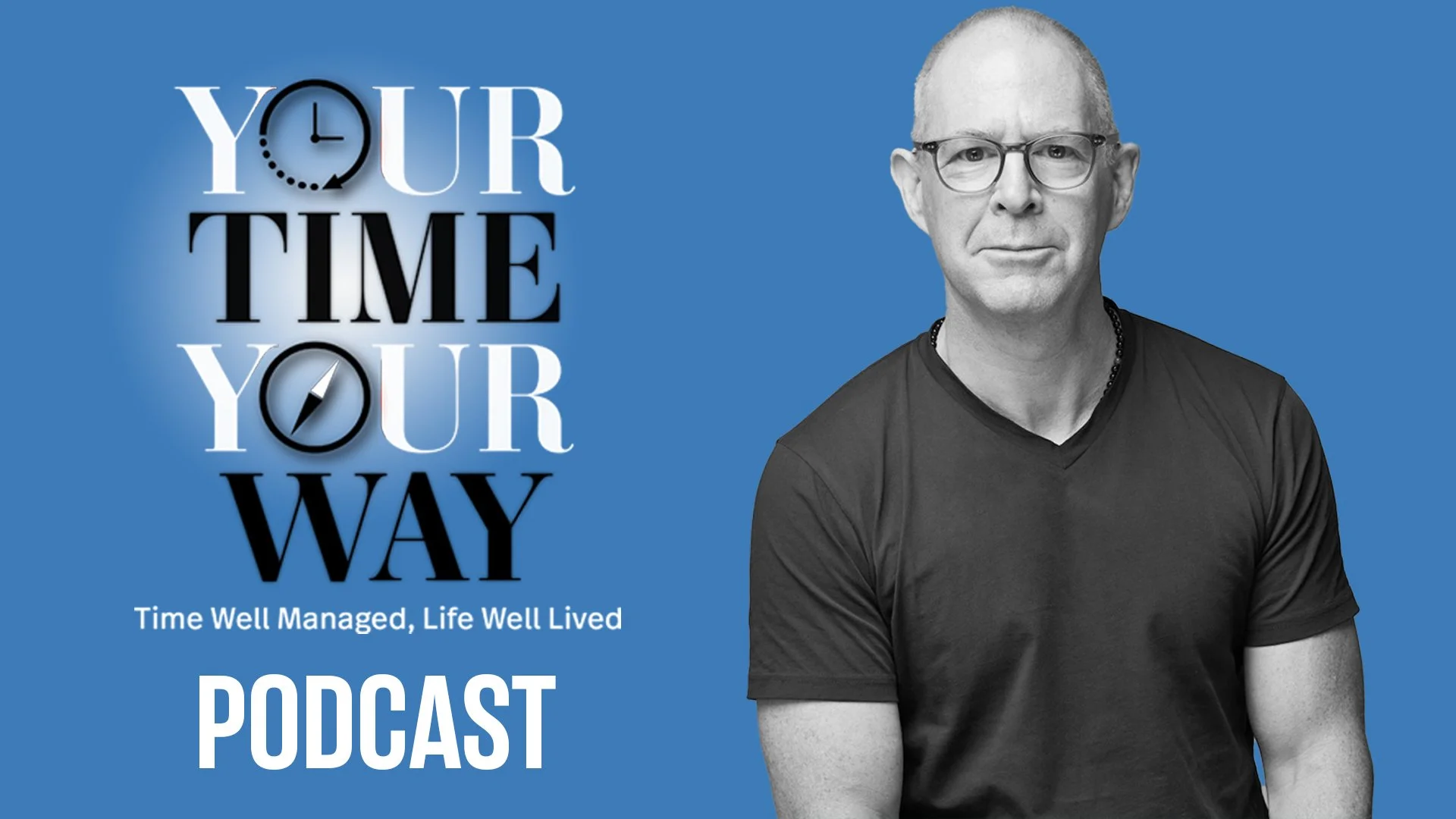30 Years Later: Rediscovering the Franklin Planner's Hidden Power
Hyrum Smith, the creator of the Franklin planner, once said: "When your daily activities are in concert with your highest priorities, you have a credible claim to inner peace."
And that nicely begins this week’s episode: what I’ve learned from my time with the Franklin Planner over the last twelve months.
You can subscribe to this podcast on:
Podbean | Apple Podcasts | Stitcher | Spotify | TUNEIN
Links:
Email Me | Twitter | Facebook | Website | Linkedin
Join the Time And Life Mastery Programme here.
Use the coupon code: codisgreat to get 50% off.
Get Your Copy Of Your Time, Your Way: Time Well Managed, Life Well Lived
The Time Sector System 5th Year Anniversary
The Working With… Weekly Newsletter
Carl Pullein Coaching Programmes
The Working With… Podcast Previous episodes page
Script | 389
Hello, and welcome to episode 389 of the Your Time, Your Way Podcast. A podcast to answer all your questions about productivity, time management, self-development, and goal planning. My name is Carl Pullein, and I am your host of this show.
Between October and the end of December, I like to experiment with different time management and productivity tools to see what I can learn and discover about managing my work.
Last year, I chose the Franklin Planner. That has been a revelation. It allowed me to revisit how I managed my time and work while working in a high-pressure work environment with rapidly changing priorities and a constant supply of crises each day.
In this week’s episode, I want to share what I learned from the experiment with the Franklin Planner and how it has changed how I manage my work and time.
I was first introduced to the Franklin Planner back in 1992. My former boss, Andrew, inspired me to start using it. At that time, I also read Hyrum Smith’s Ten Natural Laws of Time and Life Management, which was a book written to introduce the planner.A
From 1992 to 2009, I religiously used the Franklin Planner to manage not just my work, but my life.
I remember writing in my planner the first time I had the idea of coming to Korea, and then turning it into a project in the back of the planner. All my fears, concerns and excitements were written in there. Twenty-three years later, I still look back on that decision to come to Korea as being the best decision I’ve ever made.
For those unfamiliar with the Franklin Planner, let’s start with the idea behind it.
When you first receive your Franklin Planner, you are encouraged to write out your “governing values”. These are the things that are important to you—values such as honesty, integrity, how you treat others and your family.
From these, you can determine your performance against what is important to you and set goals based on that.
This is where I got the inspiration for my areas of focus. We all share eight areas of life, which we define and prioritise differently.
These eight are: family and relationships, Career or business, health and fitness, self-development, finances, lifestyle and life experiences, spirituality and life’s purpose.
It’s these governing values that become the foundations of your system with the Franklin Planner.
Once you have established your governing values, you can begin using the daily pages. On the left, you have a prioritised task list. Next to that, you have your schedule for the day, and on the right-hand page, you have a space to collect notes.
What became immediately obvious to me when I been using the Franklin Planner, was the way it forced me to stop and think.
The act of handwriting what I decided were my most important tasks for the day slowed me down and got me thinking about what was genuinely important.
With digital systems, it’s all too easy to add random dates to a task, hoping that by some miracle you will find the time to do it. And I know some of you add random dates because you’re afraid of forgetting about the task, even though the task does not need to be done on the date you assigned it.
With the Franklin Planner, you stop doing that. You become more intentional about what you will do each day, which ensures that you are focused on the important tasks.
What I noticed was that I became much better at prioritising.
It becomes annoying to rewrite a task day after day because you didn’t do it. So you either delete it or you do it.
With digital systems, it’s easy to give up and move the task to another random day. And when that day comes, you don’t do it again, so push it off again and again.
The other related lesson from the Franklin Planner was that you become hyper-aware of what you can realistically do each day.
Because you write out your appointments for the day first, you can see, in plain sight, just how much time you have for doing tasks.
If you’ve got seven hours of meetings, a concert to go to, and you want to fit in a thirty-minute exercise session, you will instantly see that you won’t have much time to do tasks.
With digital systems, all your tasks are hidden and given that most people don’t manage their calendars particularly well and have multiple events in the same time slot, it’s difficult to see where the important events and tasks are.
Not so with the Franklin Planner. You won’t be able to over-schedule yourself. Writing out your commitments each day ensures you don’t overcommit.
I did discover some redundancies with the Planner, though. One of which was the monthly calendar tabs in your planner.
The digital calendar is superb. If an appointment is rescheduled, it’s easy to drag and drop it to the new date and time. In the Franklin Planner, you would need to Tippex or cross out the appointment and rewrite it on the new date.
Although if you want to retain complete control over your calendar, the Franklin Planner would be a better option. Nobody would be able to add an appointment to your calendar, and you would have to go through you first to schedule anything with you.
I did find a useful way to use the monthly calendar tabs, though. Each month, I write out my goals and the projects I expect to complete that month. This has been very useful when doing my weekly planning, as it gives me a central place free from the distractions of other goals and projects.
A great way to stay focused on what you have decided is important in that month.
Another feature of the Franklin Planner is the way you reference information you collect. When you write a note in the daily notes area, each note is assigned a number.
For example, the first note you write is given the number 1, and the next is number 2. This then gives you a simple way to retrieve information you may have written.
At the beginning of each monthly tab, you have a sheet called the “Index”. If you want to find the note you made, all you need to do is write the date you wrote the note and its number. For example, 19-10/1 would refer to the first note you made on the 19th October.
It’s a wonderful retrieval system and one I found very useful when planning the month or the week.
But the biggest takeaway for me was the way the Franklin Planner slowed me down and got me to think about how I was using my time. Planning the day by writing out my appointments first to see how much time I had left after them to do my tasks forced me to get realistic about what I could do that day.
For example, yesterday, I took my mother to the airport. The airport is about a four-hour drive each way. This meant I was away for at least eight hours, and I could see that on my calendar for the day. It meant I had very little time to do tasks, which I could see when I did my daily planning the evening before.
It really focused me on getting the critical work done before we set off because traffic conditions are unpredictable, and I didn’t want to leave anything to chance when I got back, just in case I was delayed.
Sure, you can do that digitally, but because all our tasks are in our digital systems, it can become overwhelming and stressful looking at hundreds of tasks trying to decide which ones must be done that day.
With the Franklin Planner, you effectively have a blank slate each day to choose what you must do. Taking ten minutes away from your screen and really thinking about what is important for the day can do incredible things for your focus.
Oh, and I should mention that the dopamine hit you get from crossing off a task by hand is way more powerful than a digital click.
So what has this experiment with the Franklin Planner changed about my system as a whole?
Well, the first thing is I’ve started to add to my journal the two most important tasks of the day. I write my journal by hand each morning, and I’ve always tracked my morning routine habit and my exercise in there. Now I write out my two most important tasks.
Again, what this has done is to get me focused on the day.
My daily planning has changed, too. Now, I start by looking at my calendar for the next day’s appointments before I curate my list of tasks for the day.
For example, today I have seven hours of meetings. When I did my planning last night, I saw that and realised the only thing I would be able to do today was this podcast.
In the past, I would have ignored all that and begun the day with ten to fifteen tasks and seven hours of meetings. Those days were broken before they started. There was no way I would do all that in one day.
Will I continue with the Planner? That’s a difficult one to answer.
The areas where the planner has helped me can be replicated with a regular desk diary. I did not find that I added that many notes to the daily notes field. I carry a pocket notebook with me for random thoughts, and I like the randomness of that.
Meeting notes, project, and content ideas go directly into my digital notes system, and I have a paper-based planning book where I plan out my bigger projects, weekly plans, and YouTube videos.
And the “deal-breaker’ for me has been the poor quality of paper that Franklin Planner uses. I am a fountain pen user, and the paper in a Franklin Planner is terrible for fountain pens.
A good quality desk diary with fountain pen-friendly paper would give me everything I currently use the Franklin Planner for and allow me to use my family of fountain pens.
But for someone who struggles with digital systems, feels swamped by long lists of to-dos and wants to adopt a simple paper-based system, then the Franklin Planner would fit perfectly.
For me, a three-month experiment this year, I am going all in with Apple’s Productivity system. Using only Apple’s Reminders, Notes and Calendar for three months to see what I can learn about these tools.
If you’re interested in this experiment, keep an eye on my YouTube channel as I will be updating my discoveries there.
Thank you for listening and it just remains for me now to wish you all a very, very productive week.

